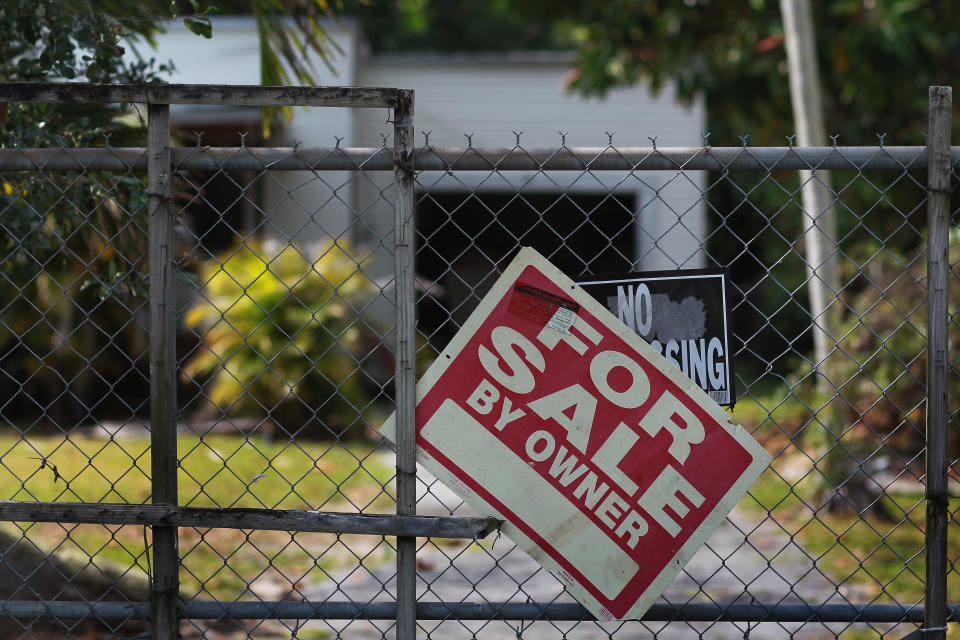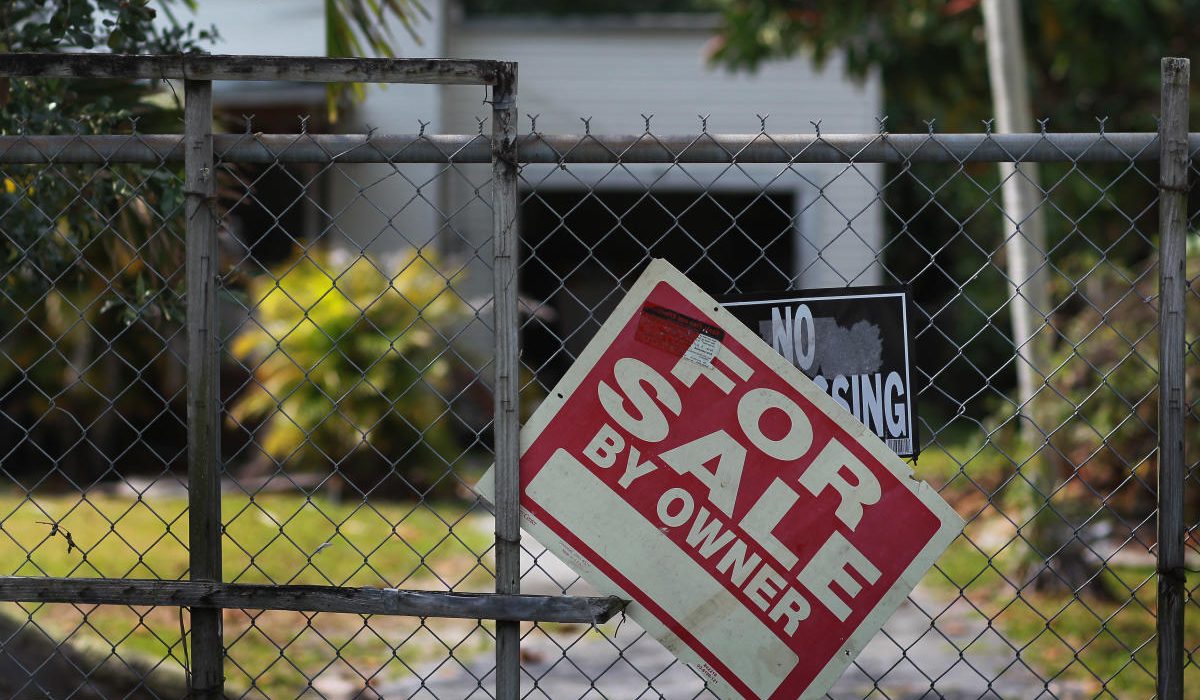Pending home sales declined sharply last month as buyers retreated from the market due to rising interest rates.
A National Association of Realtors (NAR) index tracking homes under contract retreated almost 8% monthly and more than 7% annually in April. Pending home sales are a forward-looking indicator of the housing market — properties with signed contracts typically close a month or two later.
April’s sluggish transaction volume reflected a waning appetite from rate-sensitive homebuyers who saw rates rise by more than a quarter point last month, topping 7%.
“The impact of escalating interest rates throughout April dampened home buying, even with more inventory in the market,” said Lawrence Yun, chief economist at the NAR. “But the Federal Reserve’s anticipated rate cut later this year should lead to better conditions, with improved affordability and more supply.”
Pending sales fell across all four US regions on both a monthly and annual basis. The Midwest and the West saw the sharpest declines, at nearly 10% and 9%, followed by the South at 8% and the Northeast at 4%.
Read more: Mortgage rates back over 7% — is this a good time to buy a house?


The housing triple threat: Mortgage rates, inventory, and prices
The average mortgage rate surged last month, reaching 7.17% after climbing for multiple consecutive weeks in April.
“Unfortunately, the rising mortgage rates occurred during what is typically a busy time in the housing market, potentially giving pause to prospective homebuyers as they weigh their purchasing decisions,” said Jiayu Xu, an economist at Realtor.com.
High rates have also choked supply. The NAR reported that the total unsold inventory was 1.21 million units at the end of April, or a 3.5-month supply. A balanced housing market has around 6 months of supply. While supply increased 16% over the past 12 months, it remains historically low.
“We’ve got an environment where we’re at historic lows of inventory. Even though it’s rising, we’re still at lower than 40% than where we were pre-pandemic,” Jason Waugh, president of Coldwell Banker Affiliates, told Yahoo Finance.
Meanwhile, the share of homes sold above asking reached nearly 35% in April, according to Redfin, pushing home prices to a record high in March.
The S&P CoreLogic Case Shiller — an index tracking national home prices — increased 6.5% annually in March. Multiple US cities, including New York, Cleveland, and Los Angeles, saw annual prices gain at or near 9%. San Diego gained 11% year over year.
“On a seasonally adjusted basis, national home prices have reached their ninth all-time high within the past year, with all 20 metropolitan markets posting positive annual gains for the fourth consecutive month, indicating widespread and sustained growth in the housing sector,” said Brian Luke, head of commodities at S&P Dow Jones Indices.
National median home prices climbed to $385,300 in the first quarter of 2024, the NAR reported. Prices are expected to grow for the remainder of the year and into 2025.
Read more: Why are home prices so high?
April’s existing home sales dropped by 2% monthly — driven by a low supply, record-high home prices, and prohibitively expensive borrowing costs. While rates are predicted to fall over the next couple of months and could unlock some inventory and give buyers more purchasing power, Waugh doubted affordability would return anytime soon.
“I don’t see a likely scenario that there is a balance between supply and demand,” Waugh said. “As long as we navigate an environment where there’s low supply and this demand exists, we’re going to have this price appreciation.”
Rebecca Chen is a reporter for Yahoo Finance and previously worked as an investment tax certified public accountant (CPA).
Read the latest financial and business news from Yahoo Finance







